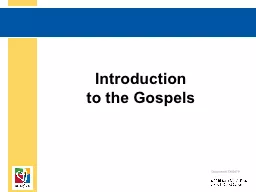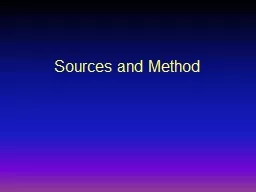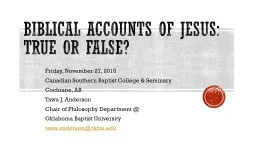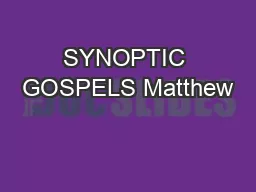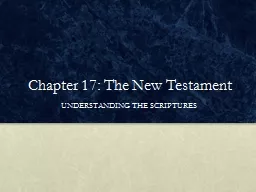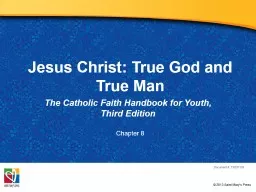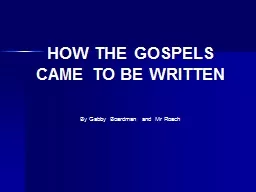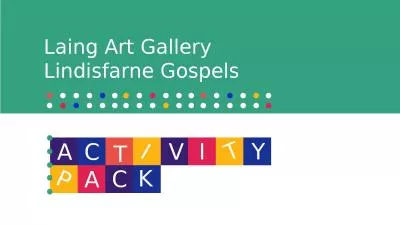PPT-Introduction to the Gospels
Author : ellena-manuel | Published Date : 2018-10-10
Document TX004711 Saint Marys Press The Gospels The Gospels are the heart of the Scriptures The four Gospels are Matthew Mark Luke and John The Gospels bring the
Presentation Embed Code
Download Presentation
Download Presentation The PPT/PDF document "Introduction to the Gospels" is the property of its rightful owner. Permission is granted to download and print the materials on this website for personal, non-commercial use only, and to display it on your personal computer provided you do not modify the materials and that you retain all copyright notices contained in the materials. By downloading content from our website, you accept the terms of this agreement.
Introduction to the Gospels: Transcript
Download Rules Of Document
"Introduction to the Gospels"The content belongs to its owner. You may download and print it for personal use, without modification, and keep all copyright notices. By downloading, you agree to these terms.
Related Documents

